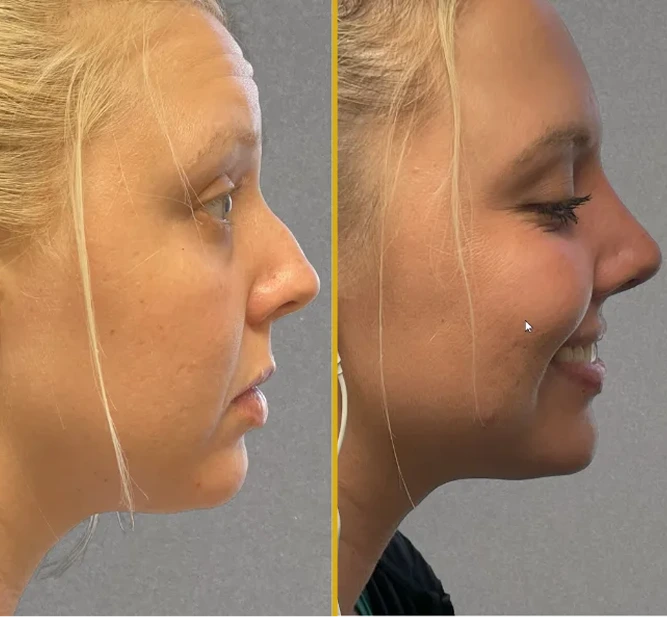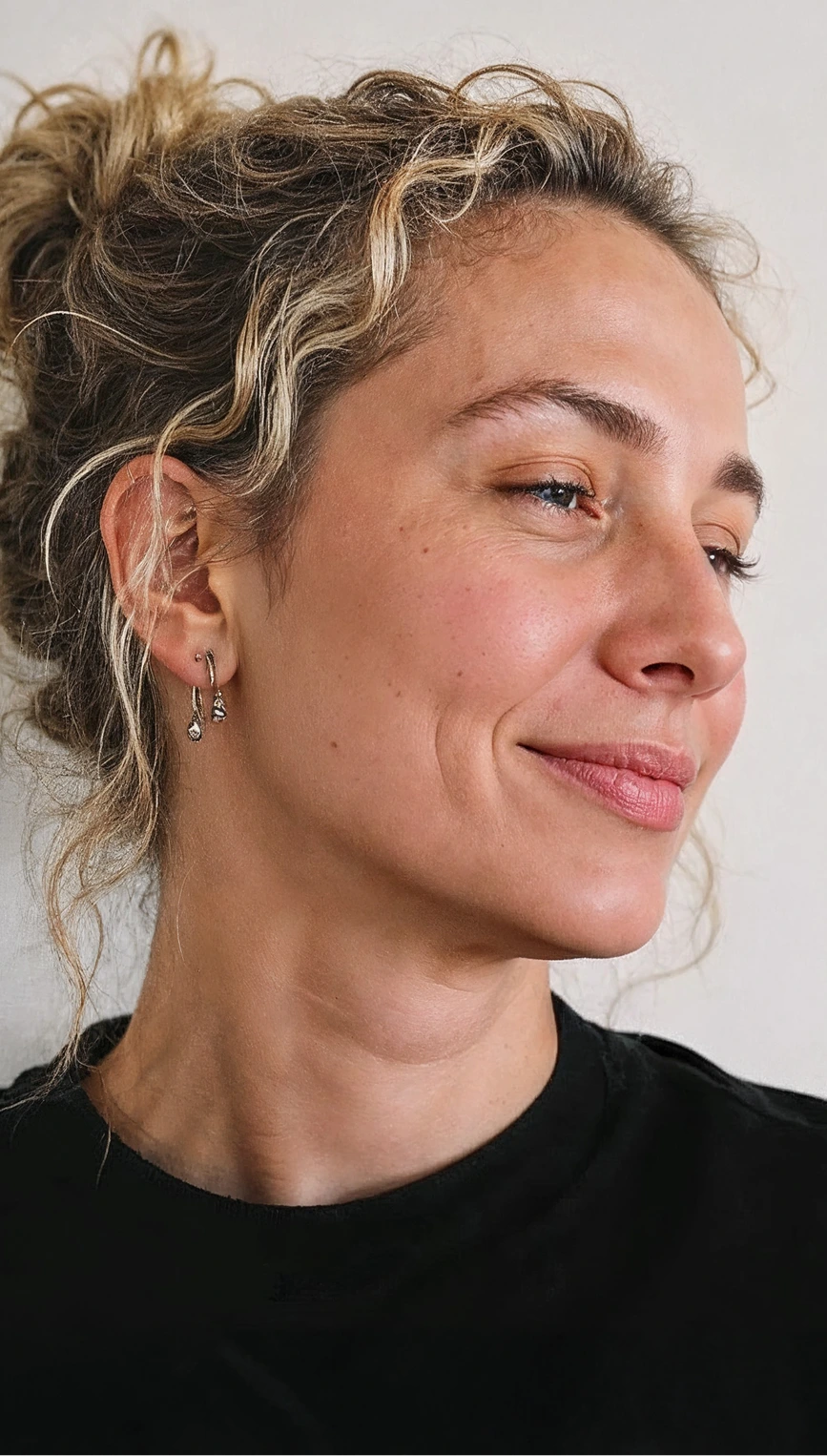

Rhinoplasty, also known as nose reshaping, a nose job, or nasal surgery, is a type of plastic surgery that improves the appearance and function of the nose. The procedure can be performed as cosmetic surgery to enhance the nose’s appearance or as reconstructive surgery to correct breathing problems caused by a deviated nasal septum or other abnormalities. Rhinoplasty addresses a range of concerns:
The surgical techniques used for rhinoplasty will depend on the specific goals of the plastic surgery and the patient’s nasal anatomy. The two main types of rhinoplasty techniques are open rhinoplasty and closed rhinoplasty.
While not technically a form of rhinoplasty, septoplasty surgery is often performed with a rhinoplasty to correct a deviated septum, addressing breathing difficulties, congestion, snoring, and sinus infections. During the procedure, our surgeon accesses the nasal septum through an incision inside the nose, removes or straightens the deviated portion, and reshapes the cartilage and nasal bones to improve airflow. Typically, patients can return to work and normal activities within a week or two.
Non-surgical rhinoplasty offers a non-invasive option for subtle nose reshaping using dermal fillers. This technique is ideal for patients looking to smooth out small irregularities, correct minor asymmetries, or refine the nasal contour without surgery. Because it does not involve incisions or scar tissue formation, recovery is quick, and results are immediate, although temporary.

Before undergoing rhinoplasty surgery, patients must prepare themselves to ensure a smooth and successful procedure. The following are some necessary steps that patients should take before their rhinoplasty:

Schedule your rhinoplasty consultation to discuss your goals and explore personalized options for refined, natural-looking results.

The first few days of post-surgical rhinoplasty can be painful and uncomfortable, but they are essential for healing and optimizing results. Keep your head elevated, take prescription pain medication, and apply cold compresses over the affected area to facilitate a smooth rhinoplasty recovery. The nose splint is usually removed after 7-10 days, during which it is crucial to follow the surgeon’s instructions, avoid pressure on the nose, and gradually resume daily activities.
After 10-14 days, the subsequent recovery period begins, marked by reduced swelling and bruising in the nose. Following our surgeon’s instructions, you may gradually return to work and engage in light exercise, but must avoid strenuous activities for 4-6 weeks.
Complete healing and final rhinoplasty results may take up to a year, when residual swelling subsides. Thus, it is essential to follow all post-operative instructions carefully, including taking prescribed medication, attending follow-up appointments, avoiding strenuous activities, and following specific care instructions provided by your surgeon.
Following post-operative instructions is crucial for optimal healing and results. Patients should avoid blowing their noses, smoking, or engaging in strenuous activities for several weeks after surgery. They should also avoid wearing glasses or sunglasses for several weeks, which can affect healing.

Good physical and mental health can enhance the likelihood of a positive healing process following a nose job. Before the procedure, any pre-existing medical conditions should be disclosed to the plastic surgeon.
The cost of rhinoplasty surgery in Miami and South Florida can range from $5,000 to $15,000. The price may vary depending on several factors, including:
Rhinoplasty, or nose job, is a cosmetic surgery that can improve the shape of the nose. On the other hand, septoplasty is a reconstructive surgery that corrects issues that affect the nasal septum, including the nasal cartilage and bone structure inside the nasal septum that separates the nostrils. While the two procedures can be performed together, they address different concerns and require additional surgical techniques.